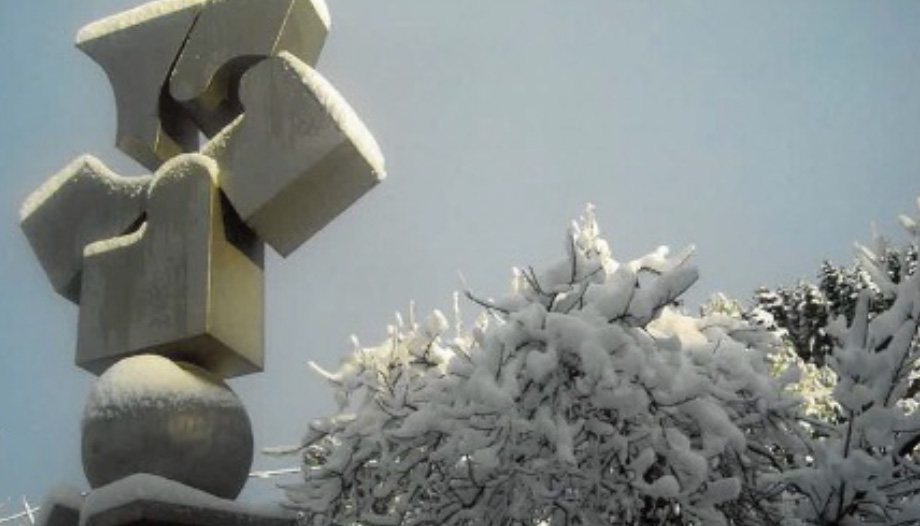As January 30 approaches, schools usually carry out various actions to join UNICEF's initiative to promote a school day to develop a culture of non-violence and peace.
This day marks the anniversary of the death of Mahatma Gandhi (India, 1869-1948), a pacifist leader who defended and promoted nonviolence and peaceful resistance to injustice. His thought "there is no way to peace: peace is the way" has become the motto for the various educational actions aimed at promoting among students this desire for peace and commitment to justice.
I believe that today more than ever we need a real education for peace and coexistence. We live in a society that is tense and fragmented, less cohesive than in previous generations. A society that needs to rediscover that path to peace of which we have taken Gandhi as a reference and of which we Christians have an unsurpassable example in St. Francis of Assisi. And, of course, in Jesus Christ himself.
In order to work in depth on a culture of peace, it is necessary to educate men and women who are capable of living in peace with themselves and in peace with others. A desire that should not remain a mere gesture of pigeons painted on the wall or balloons released into the sky. We all know that these gestures are fine, but they do not represent a true education for peace. They do not bring about real change.
My personal experience in this area takes me back to the year 2000, when an ETA terrorist murdered Francisco Casanova in the town of Berriozar, Navarre. Little did I know when I heard the news that summer that I would end up being a religion teacher in the school where his children were studying.
The experience of finding myself as a Religion teacher in a school struck by death, where students were studying in Basque and Spanish, led me to propose to the faculty the realization of an educational project called World at peace that would serve to heal wounds and generate communion within the educational community itself. This was not easy in the midst of such a tense socio-political environment. But precisely for that reason it was especially necessary. And as a teacher of Religion and as a Christian I felt called to promote it.
The project was developed throughout the school year, with the participation of students from different educational levels, from elementary school to the fourth year of ESO. We took as a reference a sculpture by the Guipuzcoan sculptor Manuel Iglesias that symbolized the desire for a peaceful world. The lower part reflected a house destroyed by an attack, in the middle a ball of the world, in the upper part five figures symbolizing the five continents and that in its hollow drew the dove of peace.
Each of these parts of the sculpture served to work throughout the term, from different subjects, on aspects such as peace at home, conflict resolution, peace in the world, diversity of cultures, the need for justice, peace as solidarity and as a spiritual gift. We carry out a wide range of activities involving the whole school: conferences, exhibitions, sports olympics, concerts, editing a record...
But perhaps the most significant aspect of the project was the fact that all the young people worked together to raise funds to erect the sculpture that served as a reference point at the door of their high school. Being able to work with others, to put a face to them, to remove ideologies... is the best way to learn to respect and love them.
Twenty years later, the six-meter-high sculpture erected by those students is still standing at the door of the high school. Covered by a snow that fuses it with nature, it leads me to think that we educators, and especially Religion teachers, have much to contribute to this path of peace. A quiet, silent and fruitful work.
Like that of the snow that fertilizes the earth and leaves us with an immense peace.








